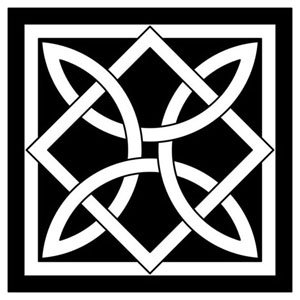
SG207 Program E
Restoration: Theory, Ethics and Issues
2 Units
Instructor: Prof. Max Cardillo
COURSE STRUCTURE
Mornings: Lectures 1.5 hours (4 weeks)
Course Description
This course examines the purpose and goals of preservation. Beyond technical issues, lie matters of philosophy, ethics, cultural values and “best practices” that influences the work of restorers. These issues are very important, because misguided restoration work is a major cause of destruction or falsification of an irreplaceable cultural heritage. In a field where there are no simple answers, this course, will teach students to assess the goals and values that guide and influence restoration and conservation.
The course is aimed primarily at students of art history, art, architecture, restoration, anthropology, archaeology, museum conservation, and management of cultural heritage.
Course Objectives
Summary of Lecture Content
Transformation time and memory
• Entropy and reorganization
• Time as a measure of entropy
• Present past and future
• Memory and foresight
• Types of memory
• Cultural heritage as collective memory
• Restoration preserves memory
• Curators edits of collective memory
What is the value of things we preserve
• Aesthetics
• Historic
• Religious
• Symbolic
• Scientific
• Functional
Transformations done to cultural objects
Recycling and collage of old material
Anastilosis
Restoration
Conservation
Additions
Completions
Adaptive reuse
Substitutions
Types of Restoration
Artistic
Artistic in style
Scientific
Motivations behind restoration
Preservation of cultural heritage
Commercial or economic interest
Institutional policy
Nationalism
Religious motives
Obsessive behavior
Ethics of restoration
Veracity and transparency
Reversibility
Preserving multiple values of objects
Cultural heritage as collective human property
Owners as custodians of the collective property
Wholeness
When is art or an object whole
Original intent of the artist
Material integrity
Cultural integrity
Historical integrity
Contextual integrity
Degradation of integrity
Potential unity of the (Cesare Brandi)
Fragmentation
Phases of restoration
Consolidation
Cleaning
Preservative treatments
Presentation and Integration
Cleaning
Evaluating necessity
Does dirt have historical value
Dirty patch
Cleaning to last layer of dirt
Presentation and Integration of art (retouching)
Modulation of lacunae’s tonality
Monochromatic
Chromatic modulation
Chromatic abstraction
Integration
Mimetic
Semi-mimetic
Tratteggio (rigatino)
Puntini
Chromatic selection
Down toned or simplified retouching
Sculpture, buildings, books, ceramics
Context
Spatial
Cultural
Historical
Perception
Psychology
Space of Paintings
Pictorial plane
Pictorial space
Viewers space
Space of Sculpture
Mass of the sculpture (negative space)
Surface of the sculpture
Space of action of the sculpture
Space of the viewer
Space transformed by the sculpture
Space of a building
External space of the building
Internal space of the building
Mass of the building (Negative space)
Viewer’s path
Frames, borders, pedestals, covers, margins
Protective edge
Psychological or visual transition
Museums
Conservation
Accessibility to the public
Decontextualization
Contextualization
Collections
Copies
Substitutive
Reconstructions
Pedagogic
Revivals
Completions of Unfinished Objects
Functionality
Status of unfinished condition
Strategies of Preservation
Preservation laws
Restoration guidelines
Cultural risk maps
Dispersion of cultural heritage
Cultural property
Private
Heritage of local communities
National heritage
World heritage
Descriptions of Assignments
READINGS: Cesare Brandi, Theory of Restoration ICCROM
DESCRIPTION OF ASSIGNMENTS:
Class discussion of reading material
Term paper 1: 5 page paper on a topic to be assigned
Term paper 2: 5 page paper on a topic to be assigned (only graduate students)












